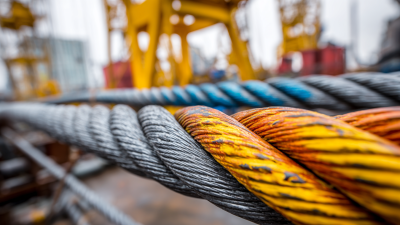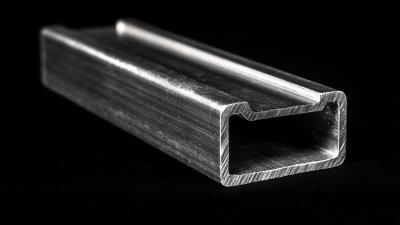How to Choose the Right Oilfield Ropes for Maximum Efficiency and Safety
In the oil and gas industry, the safety and efficiency of operations rely heavily on the quality of equipment used, particularly when it comes to
Oilfield Ropes. According to a recent report by the International Association of Drilling Contractors, equipment failures account for approximately
15% of downtime, significantly impacting productivity and costs. Choosing the right ropes can enhance workload capacity and reduce the risk of accidents, as
substandard ropes contribute to nearly 30% of safety incidents on drilling sites. As the demand for energy increases globally, understanding the specifications and applications of various oilfield ropes becomes critical. This blog will explore the key factors to consider when selecting the optimal ropes, enabling companies to maximize efficiency while ensuring the safety of their workforce.
Understanding Oilfield Ropes: Types and Their Applications
In the oil industry, selecting the appropriate ropes for various applications is crucial for ensuring operational efficiency and safety, particularly in the unique challenges presented by deepwater environments. Recent advancements in fiber rope technology have shown that these materials are increasingly viable for deepwater applications. Research indicates that synthetic fiber ropes can significantly reduce weight, making them easier to handle while maintaining high tensile strength, a crucial aspect when deploying heavy subsea hardware.
When considering the right oilfield ropes, it's essential to understand the different types and their specific applications. For instance, wire ropes are traditionally favored for their durability and resistance to abrasion, particularly in rough environments. However, fiber ropes are making headway in applications that require lightweight and flexibility without sacrificing strength, proving advantageous in deeper waters.
Tip 1: Always assess the operational environment before selecting rope types. Factors such as water depth, potential obstructions, and environmental conditions can influence the performance of ropes.
Tip 2: Regular maintenance and inspections of ropes are vital for preventing failure during operation. Investing in high-quality inspection tools can help in identifying potential issues before they lead to accidents.
With the industry's rapid evolution, including recent mergers and acquisitions, companies must stay informed about the latest technologies and products available in the market to optimize their efficiency and safety standards.
Key Factors Influencing the Selection of Oilfield Ropes
When selecting oilfield ropes, several key factors must be considered to ensure maximum efficiency and safety. One of the most critical aspects is the rope's material composition. Synthetic fibers such as polyester or nylon offer excellent strength-to-weight ratios and resistance to environmental factors like UV rays and chemicals. Conversely, traditional wire ropes may provide superior durability but can be heavier and more cumbersome, affecting ease of handling during operations.
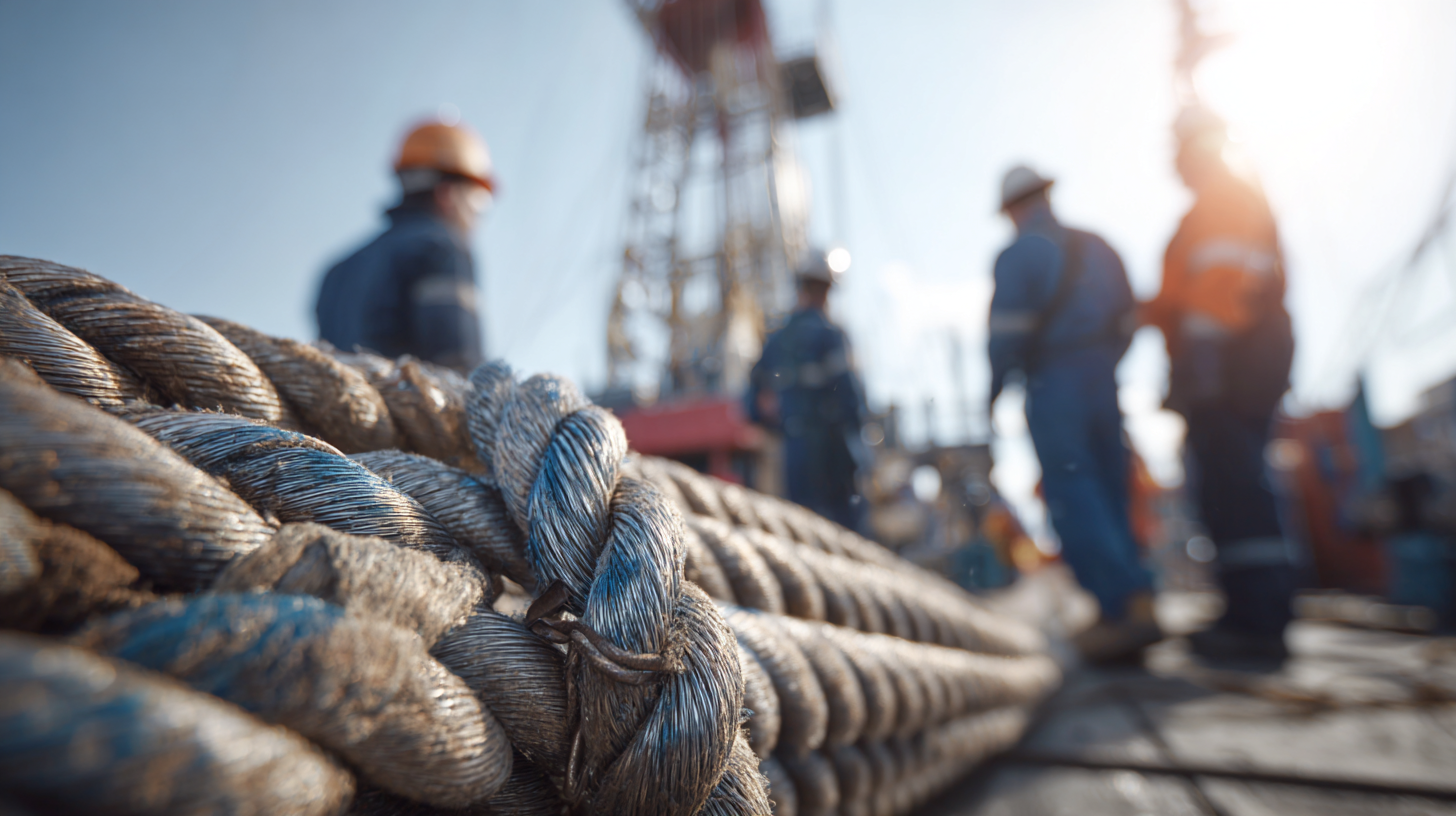
Another significant factor is the rope’s diameter and construction type. Thicker ropes typically can handle more load but may also increase weight, impacting maneuverability. On the other hand, specialized constructions like braided or twisted ropes can improve flexibility and reduce kinking. Ensure to assess the specific operational requirements and choose a rope that balances strength and maneuverability effectively.
Tip 1: Regularly inspect ropes for signs of wear or damage, as even minor fraying can compromise safety and performance.
Tip 2: Consider the environmental conditions in which the ropes will be used; selecting ropes designed to withstand specific conditions can enhance longevity and reliability.
Tip 3: Always consult with manufacturers or suppliers for the best rope specifications tailored to your unique oilfield demands.
Safety Standards and Certifications for Oilfield Ropes
When selecting oilfield ropes, it is crucial to prioritize safety standards and certifications to ensure maximum efficiency and protection against potential hazards. Oilfield operations often involve extreme conditions and heavy loads, making it essential to use ropes that meet recognized industry standards. Certification by organizations such as the American Petroleum Institute (API) or the International Organization for Standardization (ISO) can serve as a benchmark for quality and reliability. These certifications verify that the ropes have undergone rigorous testing for tensile strength, durability, and performance under various environmental conditions.
Additionally, understanding the specific safety standards relevant to oilfield applications is vital. Ropes should be designed and manufactured to comply with standards that address factors such as resistance to abrasion, UV exposure, and chemical degradation. When selecting ropes, it is advisable to consult manufacturers who can provide detailed documentation of compliance with these safety standards. This not only assures the integrity and longevity of the ropes but also contributes to a safer working environment, minimizing the risk of equipment failure or accidents on site.
Oilfield Ropes Efficiency vs. Safety Ratings
Comparative Analysis of Synthetic vs. Steel Ropes in Oilfields
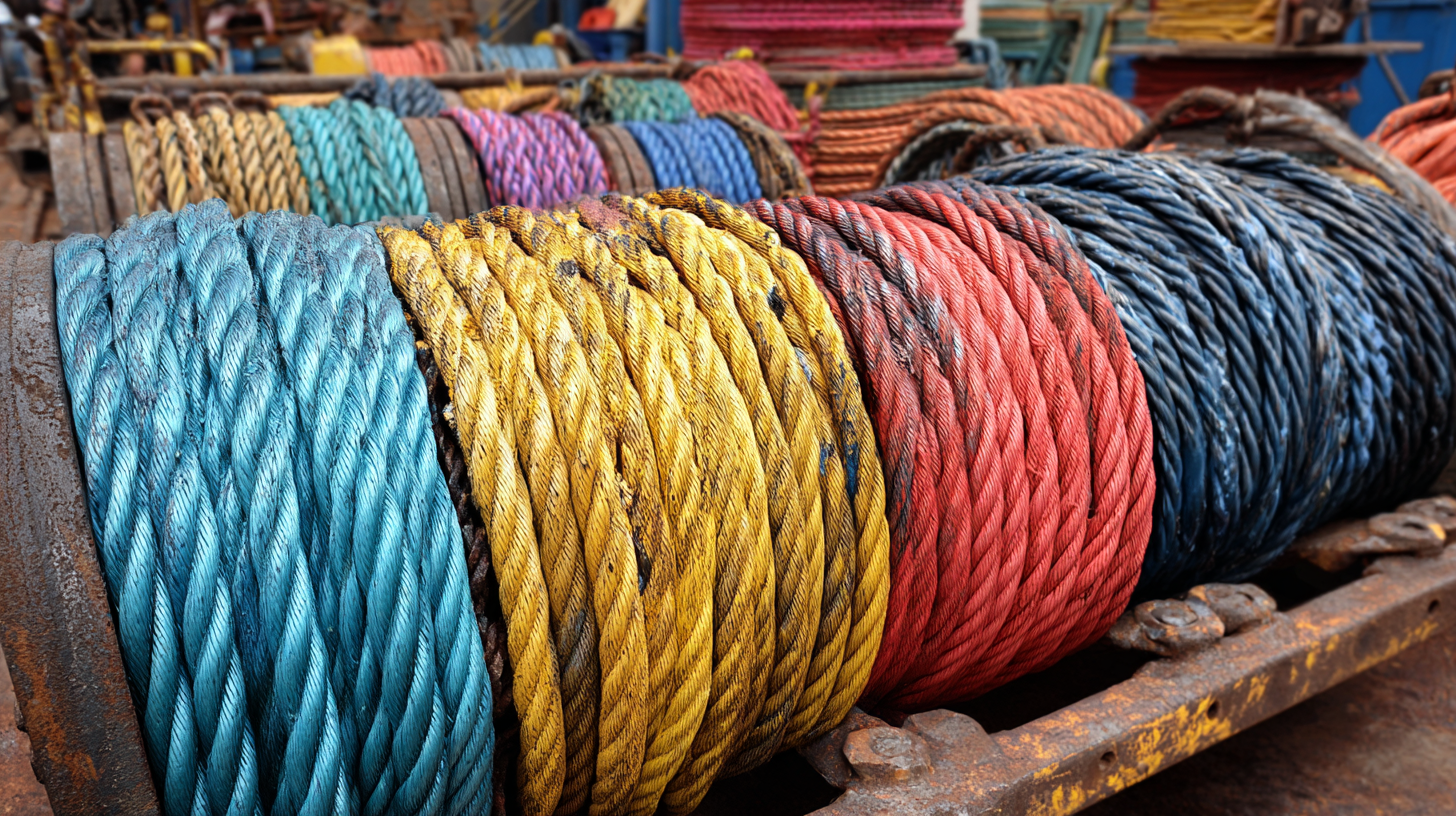 When it comes to selecting the right ropes for oilfield operations, understanding the comparative advantages of
synthetic versus steel ropes is crucial for maximizing
efficiency and ensuring safety. Synthetic ropes, with their
lower density and greater durability, offer significant benefits in various applications. For instance, modern
high-performance fibers can withstand harsh environmental conditions and have a strength-to-weight ratio
that often exceeds that of steel. A recent analysis indicates that synthetic ropes can provide up to
15 times more fatigue resistance than traditional steel ropes,
making them an ideal choice for prolonged use in fluctuating loads common in oilfields.
When it comes to selecting the right ropes for oilfield operations, understanding the comparative advantages of
synthetic versus steel ropes is crucial for maximizing
efficiency and ensuring safety. Synthetic ropes, with their
lower density and greater durability, offer significant benefits in various applications. For instance, modern
high-performance fibers can withstand harsh environmental conditions and have a strength-to-weight ratio
that often exceeds that of steel. A recent analysis indicates that synthetic ropes can provide up to
15 times more fatigue resistance than traditional steel ropes,
making them an ideal choice for prolonged use in fluctuating loads common in oilfields.
On the other hand, steel ropes exhibit unmatched strength
and superior performance under severe tensile stress, which is vital in heavy lifting and securing operations
typical in oil extraction. A study exploring the bending tribo-fatigue behaviors of steel wire ropes revealed that
as the fatigue load and cycles increase, the steel ropes can still maintain structural integrity better than their
synthetic counterparts under specific conditions. Moreover, advancements in the mechanical modeling of steel ropes
have improved understanding of their long-term creep behaviors, allowing operators to better forecast their
performance in demanding scenarios. As both materials have their unique advantages, careful evaluation based on operational needs is essential
in choosing the right oilfield ropes.
Maintenance Tips to Enhance the Longevity of Oilfield Ropes
Maintaining oilfield ropes is crucial for enhancing their longevity and ensuring maximum efficiency and safety during operations. Regular inspections can help identify any signs of wear or damage, which is particularly important given that ropes can experience significant tension and abrasion throughout their use. According to a report by the American Petroleum Institute, approximately 70% of equipment failures in oil drilling operations are due to inadequate maintenance. To mitigate this risk, operators should implement a routine check every 30 days, focusing on any fraying, discoloration, or kinks in the rope.
Tip: Always clean your oilfield ropes after exposure to harsh chemicals or environments. A simple wash with fresh water can prevent the buildup of contaminants that weaken the fibers.
Furthermore, proper storage plays a pivotal role in prolonging the life of oilfield ropes. Keeping ropes out of direct sunlight and away from corrosive materials can reduce the likelihood of UV degradation. Research indicates that UV exposure can reduce the tensile strength of synthetic ropes by up to 30% over time. Using a protective cover or storing ropes in a shaded, dry environment will enhance their durability significantly.
Tip: When not in use, coil ropes loosely to avoid kinks and prevent stress points that can lead to eventual failure.

Home
About Us
Products
Stainless Steel Anchor Chain
Manganese Steel Lifting Chain Grade 80
Manganese Steel Lifting Chain
Hastelloy Round Bars
Hastelloy Sheet
Hastelloy steel pipe
Stainless steel wire rope
Stainless steel round
Stainless steel hexagonal rod
Stainless steel strip
Plastic coating wire rope
Stainless steel plate
Stainless steel angle
Stainless steel pipe
Stainless steel wire
Stainless steel flange
Stainless steel channel
Stainless steel flat steel
Industries
News
Service
Blog
Contact Us
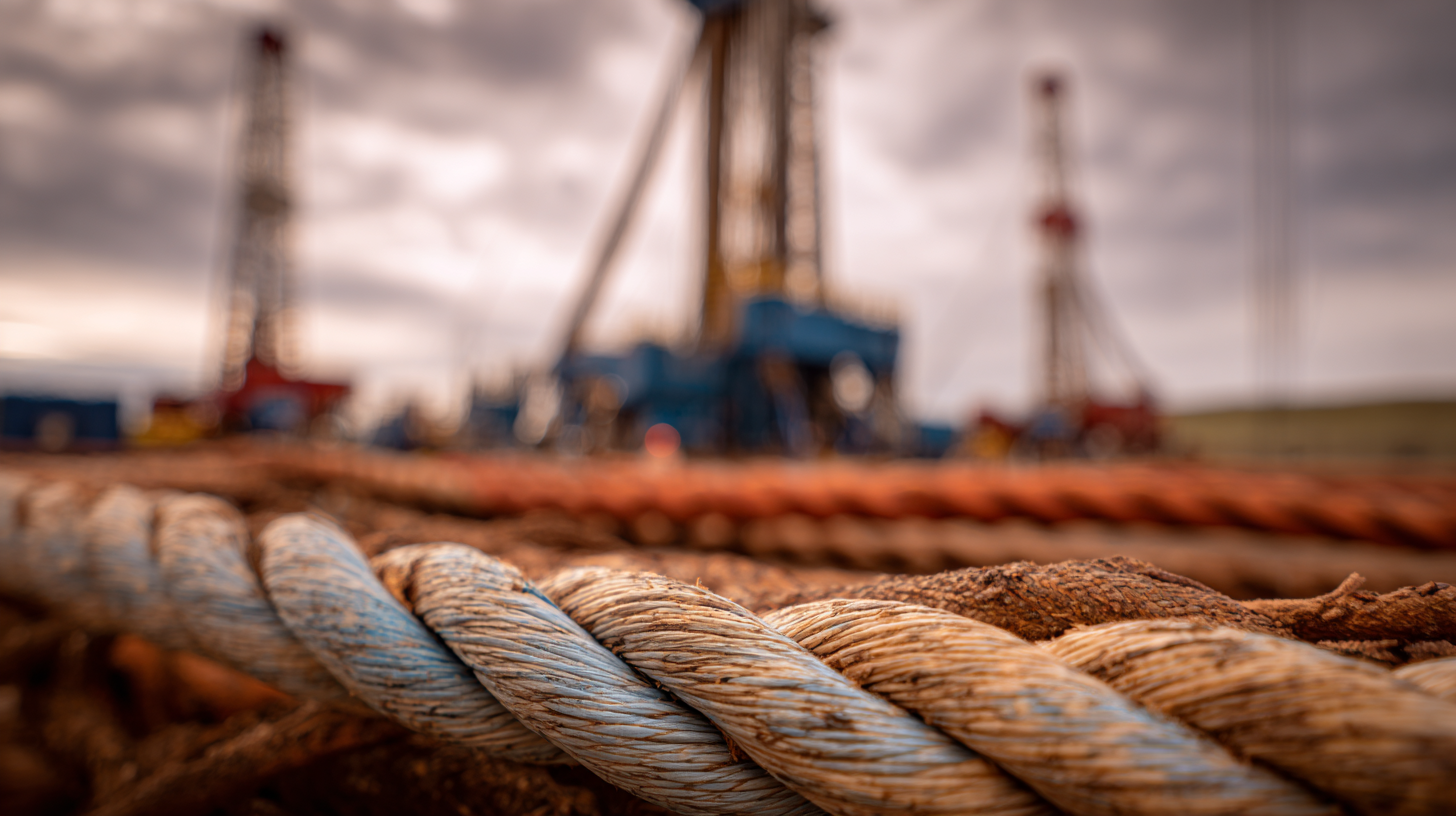

 When it comes to selecting the right ropes for oilfield operations, understanding the comparative advantages of
When it comes to selecting the right ropes for oilfield operations, understanding the comparative advantages of

